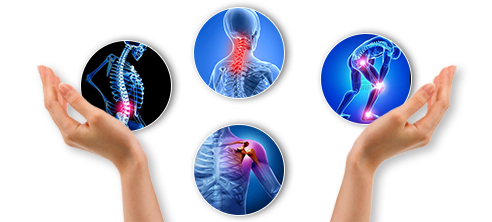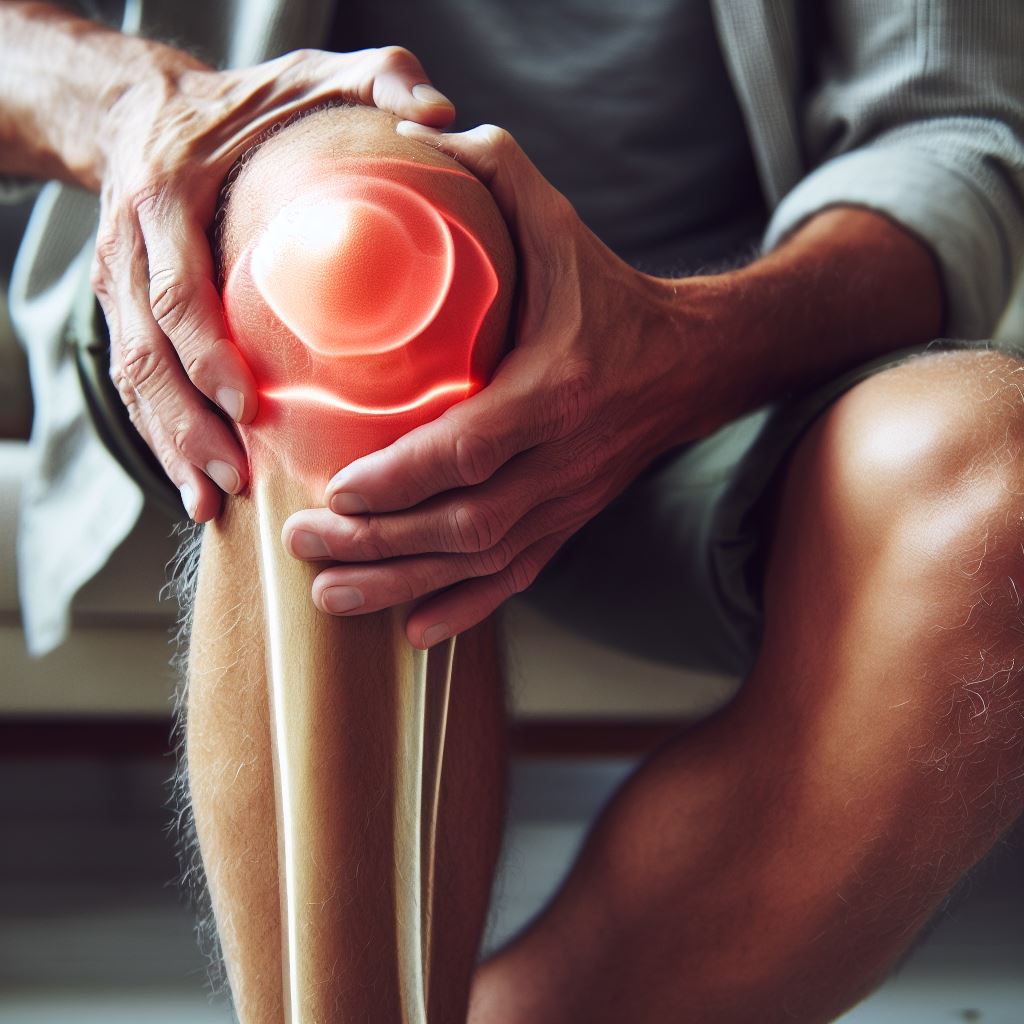An Ayurvedic Approach to Joint Pains

In Ayurveda, joint pain is often viewed as a result of imbalances in the body's three doshas* — Vata, Pitta, and Kapha. The approach to managing joint pain in Ayurveda is personalized, and treatments are tailored to the individual's constitution (prakriti) and the nature of the joint pain (vikriti). Here are some common types of joint pain from an Ayurvedic perspective, and their corresponding approaches.
Vata-Related Joint Pain
Symptoms: Dryness, cracking, popping sounds in joints, sudden and shifting pain, stiffness, aggravated by cold weather.
Balancing Vata is the key. This involves warm oil massages (abhyanga) with sesame or herbal oils, applying heat to affected areas, and consuming warm, nourishing foods.
Pitta-Related Joint Pain
Symptoms: Inflammation, redness, warmth in joints, sharp pain, aggravated by spicy or acidic foods, heat.
Cooling and anti-inflammatory measures are crucial. Diet should include cooling foods like cucumber and mint. Herbal remedies might include ghee-based formulations or herbs like Turmeric and Neem. Stress management techniques are also beneficial.
Kapha-Related Joint Pain
Symptoms: Heaviness, swelling, stiffness, pain aggravated in cold, damp conditions, and with heavy, oily foods.
Balancing Kapha involves lightening measures. This includes regular exercise to reduce excess weight and improve circulation. Dietary adjustments focus on reducing heavy, oily foods and incorporating pungent and warming spices.
Ama-Related Joint Pain
Symptoms: Ama is the buildup of toxins in the body, and it can lead to joint pain. Symptoms include a feeling of heaviness, lethargy, and joint pain.
The primary focus is on eliminating Ama through detoxification. Panchakarma therapies, such as Virechana (purgation) and Basti (medicated enema), are used to clear toxins. These must always be done under the guidance of an expert.
Rheumatoid Arthritis (Amavata)
Symptoms: In Ayurveda, Rheumatoid Arthritis is often seen as a manifestation of Ama and Vata imbalance. It involves pain, swelling, and stiffness in multiple joints.
Similar to Ama-related joint pain, the emphasis is on detoxification, and Panchakarma therapies are commonly used. Anti-inflammatory foods and herbs are also employed.
It is important to note that Ayurvedic treatments are highly individualised and should be administered under the guidance of a qualified Ayurvedic practitioner. Additionally, Ayurveda often combines multiple approaches, including dietary changes, herbal remedies, lifestyle modifications, and Panchakarma therapies, to address the root causes of joint pain and promote overall well-being.
*Dosha: "that which can cause problems"; types of energies
Written by: Dr Pankaj Chandrashekhar




